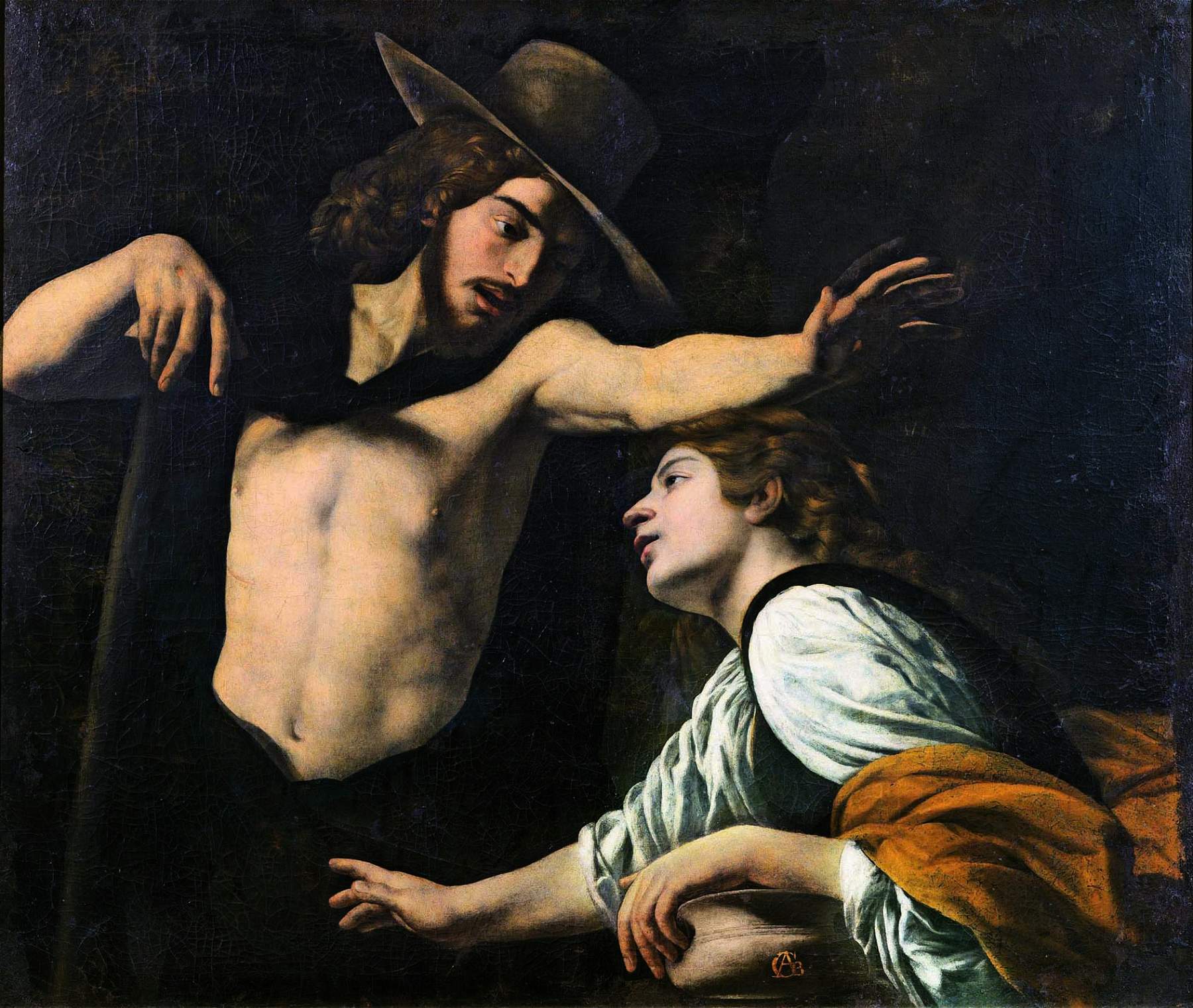From Dec. 14, 2019 to April 13, 2020, the Museo di Palazzo Pretorio in Prato is hosting the exhibition Dopo Caravaggio. The Neapolitan Seventeenth Century in the Collections of Palazzo Pretorio and the De Vito Foundation, curated by Rita Iacopino and Nadia Bastogi. The exhibition was created to highlight two important collections of 17th-century Neapolitan art: that of Palazzo Pretorio in Prato (the second most important in Tuscany after that of the Uffizi) and that of the De Vito Foundation, started by Giuseppe De Vito (Portici, 1924 - Florence, 2015) connoisseur, scholar, collector of Neapolitan seventeenth-century art and founder of the periodical Ricerche sul ’600 napoletano (the De Vito collection represents, for quality and historical interest, one of the most significant private collections of Neapolitan seventeenth-century painting).
The collections of Palazzo Pretorio and the De Vito Foundation were formed in different ways and at different times, but both document the interest in naturalism in seventeenth-century Neapolitan painting, telling stories of ancient and modern collecting that allow us to retrace some of the stages of the development following Caravaggio’s presence in Naples, through the canvases of some of the most significant painters of this artistic season, from Battistello Caracciolo to Nicola Malinconico.
Testifying to Caravaggio’s profound influence on seventeenth-century painting, the Palazzo Pretorio collection includes works such as Giovanni Battista Caracciolo’s Noli me tangere, known as Battistello, and Mattia Preti ’s large canvas with the Repudiation of Agar. Nicola Malinconico’s Good Samaritan completes the nucleus of Prato’s works on display. These works, in addition to representing examples of a collecting that was already in ancient times attentive to the most up-to-date outcomes of seventeenth-century painting, trace a chronological sequence from the beginnings of naturalism, determined by Merisi’s presence in Naples between 1606 and 1607 and then between 1609 and 1610, to the last outcomes of painting at the end of the century in the wake of Luca Giordano. The reconstruction of historical events, and of Prato’s collecting interest in Neapolitan painting, is one of the main critical contributions to the exhibition.
The De Vito Foundation, based in the hills around Florence, in the villa of Olmo (Vaglia), presents a collection of great artistic and historical value, bequeathed to the Foundation established in 2011 by Giuseppe De Vito himself with the intention of fostering studies on the history of modern art in Naples. The works in the collection include significant paintings by authors such as Battistello Caracciolo, Jusepe de Ribera, the Master of the Announcement to the Shepherds, Giovanni Ricca, Francesco Fracanzano, Massimo Stanzione, Bernardo Cavallino, Andrea Vaccaro, Antonio De Bellis, Giovanni Battista Spinelli, Paolo Finoglio, Pacecco De Rosa, Carlo Coppola, Domenico Gargiulo, Nunzio Rossi, Luca Giordano, Mattia Preti, along with those of specialists in the genres of battle such as Aniello Falcone and Andrea De Lione, and still life such as Luca Forte, Giuseppe and Giovanni Battista Recco, Giuseppe and Giovanni Battista Ruoppolo, and Paolo Porpora. Only some of the paintings in the collection have been presented in the past in major exhibitions in which De Vito himself had collaborated, while the collection in its main nuclei has never been exhibited to the public.
The exhibition itinerary is organized around the paintings of Palazzo Pretorio in dialogue with those of the De Vito collection, according to a chronological sequence that also allows, however, the indication of thematic links and correspondences. Among the works on display, it is important to emphasize the presence of Battistello Caracciolo’s San Giovannino, from the De Vito Foundation, which is offered for the first time after the restoration work that restored the work to its original color. The same result also applies to a painting from Palazzo Pretorio, Jacob and the Flock of Laban attributed to José de Ribera, the subject of a complex restoration by the Opificio delle pietre dure in Florence, the results of which will make possible a correct reading of the work and its autography, to be identified, presumably, if not in the master, in a collaborator from his close circle. For some time the work, which was in a very poor state of preservation, was thought to be unrestorable: it will return to view precisely thanks to the exhibition.
For all information about the exhibition, you can visit the Museo di Palazzo Pretorio website.
Pictured: Battistello Caracciolo, Noli me tangere (1618; oil on canvas, 123 x 142 cm; Prato, Museo di Palazzo Pretorio)
 |
| After Caravaggio: an exhibition in Prato on the Neapolitan seventeenth century in two Tuscan collections |
Warning: the translation into English of the original Italian article was created using automatic tools. We undertake to review all articles, but we do not guarantee the total absence of inaccuracies in the translation due to the program. You can find the original by clicking on the ITA button. If you find any mistake,please contact us.